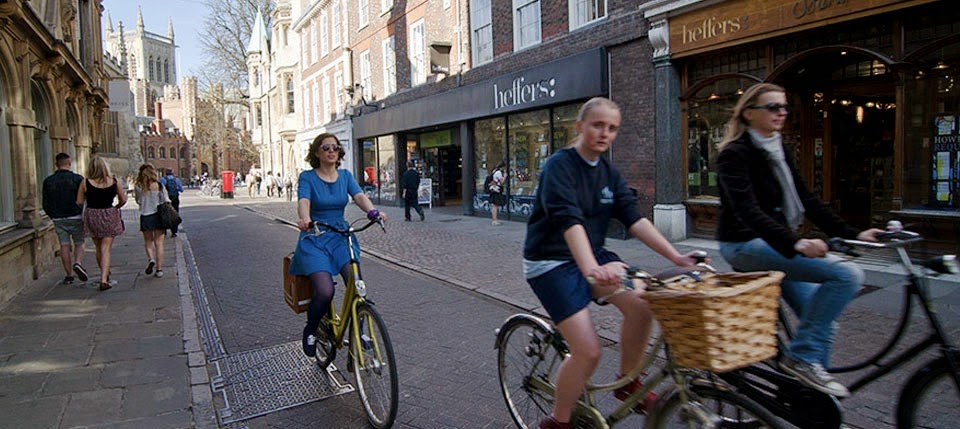Found among a large collection of menus printed at the turn of the nineteenth century by the high class Cambridge printer W.P.Spalding is this menu for the annual ‘Agamemnon Dinner’ of the famous Cambridge University Amateur Dramatic Club, which was held at King’s College on 27th November 1900.
A copy of this particular menu, signed by some who attended the Dinner, is in the King’s College archives. It shows that the medievalist M.R.James, a good amateur actor who enjoyed reciting his famous ghost stories at ADC events, was present at the Dinner, along with A.A.Milne, then in his Fresher year. All the menus reflect the high gastronomical standards of the various Cambridge colleges at that time, but the dishes on offer at the Agamemnon Dinner seem particularly delicious.
James and Milne could choose from starters that included Potage Dauphine served with an amontillado, Turbot boulli, sauce crevettes and filet de sole a la Villeroi which came with a liebfraumilch, perdrix aux choux, or petites timbales a la Royale, which were served with a 1894 Champagne Irroy.
The main courses consisted of Boeuf pique a la Godard, Oison Roti, sauce aux pommes, celery a l’Espagnoles, haricots verts, pommes de terre en croquettes et Oakley.
Or they might prefer Langue de Boeuf a la Ecarlate with puree d’Epinards.
Dessert number one came in the form of ‘Pouding A.D.C.’ or Bavarois au Curacao.
Then there were liqueurs offered with Glace au pain bis a la Jamaique..
Then, rather bizarrely, came Croutes d’ Anchois ( marinated fish towards the end of a meal; I wonder if this was ever popular). And finally, another Dessert (not specified), after which came port and coffee.
Personally, I could happily scoff the lot—apart from the anchovies, obviously, although I’d want to know what potato croquettes ‘et Oakley’ exactly meant. [RR]









